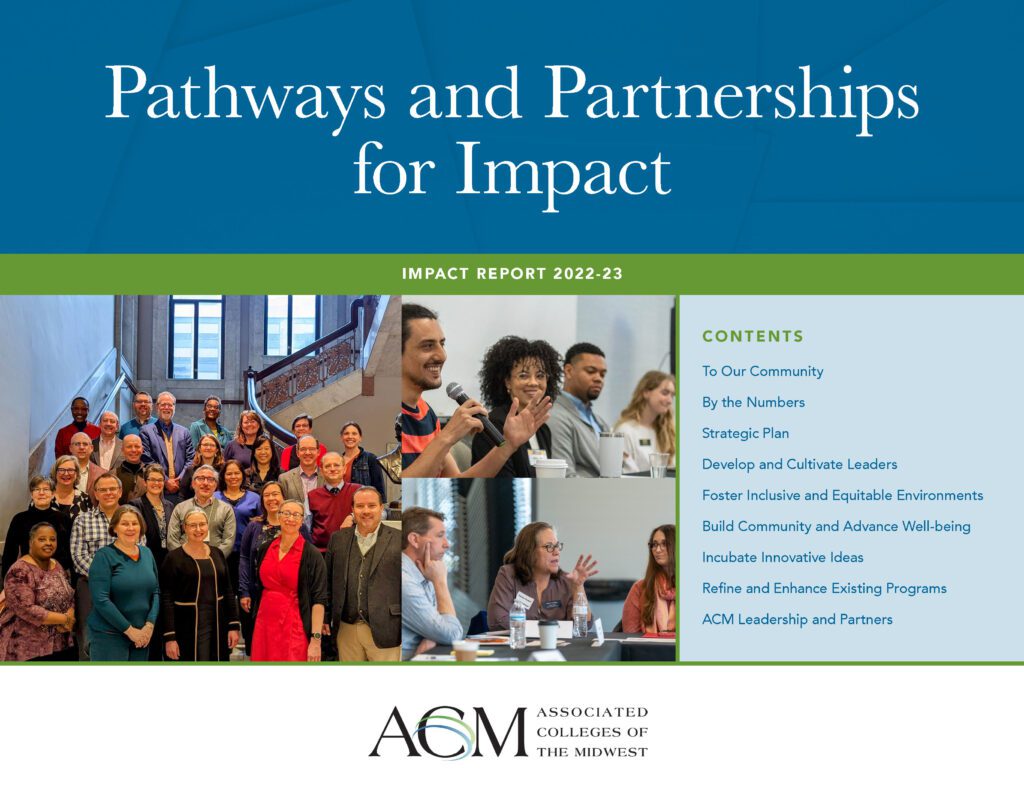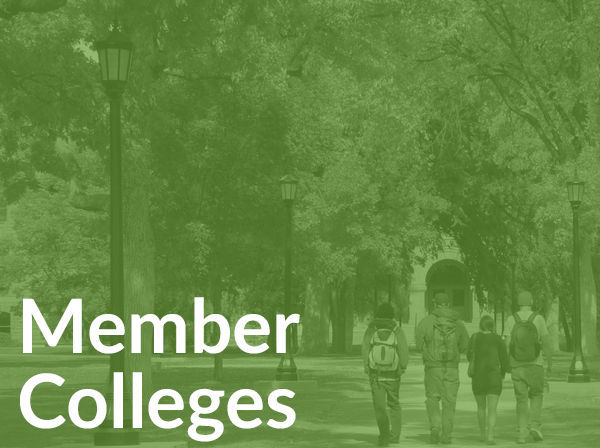Collaboration and innovation among faculty
This initiative would allow faculty and their institutions to take advantage of the economies of scale to explore an HPC solution for research and teaching that no one college could produce alone. Working together as a task force and subsequently as users of shared HPC would facilitate collaboration.
For example, today, most STEM, peer-reviewed papers include multiple interdisciplinary authors, often from multiple institutions. The ACM institutional framework is primed for expanding the collaborative nature of STEM research and education.
Access to HPC resources, such as a shared computational cluster, would facilitate interaction between students and faculty at multiple institutions when common scholarship interests are identified. Collaborators would be able to share files common to projects and access each other’s results more easily as a result of a shared computational cluster or other HPC resources.
The response to our faculty survey revealed that ACM faculty would use new HPC resources in creative ways. While many of the potential HPC users come from traditional mathematics and computer science backgrounds, we were excited to see that graphic designers, sociologists, geographers, and natural and physical scientists all expressed interest in using HPC resources, if they were available.
This highlights the strengths of the liberal arts model and clearly identifies the potential for interdisciplinary collaboration centered around the common use of HPC resources. New HPC resources would empower faculty and student researchers to consider broader, more innovative and impactful research questions, and enhance instruction potential, particularly in computational fields of study.
Reducing institutional costs, demonstrating value of high-quality liberal arts education
Currently, schools without access to a HPC cluster must rely on expensive external sources, such as cloud-based computing. Having access to a shared cluster, or other shared HPC resources, would provide ACM institutions with solutions at a fraction of the cost of paying for external computing.
Having one shared HPC instrument would decrease wasted down time that may happen if multiple institutions invest in their own setup. There are also possible personnel savings—instead of retraining current IT staff or hiring someone new at each institution with expertise to help maintain a HPC and provide faculty training, there could be as few as one person responsible to support faculty and students across the ACM.
Given the rapid increase in demand for graduates with expertise in data science, it is imperative that small liberal arts colleges (SLACs) equip students with the skills to acquire, store, and analyze massive and complex datasets. Data science courses must provide students hands-on practice working with massive datasets, in order to prepare them for both the challenges of analyzing such datasets, and also the responsibilities of storing and maintaining large, often sensitive data.
Access to HPC resources will allow ACM schools to develop new computing classes and mentored research experiences in which undergraduates develop these skills, while working carefully with experienced faculty members. Of the 111 respondents to our survey, 28 at six institutions indicated that they would find ways to integrate HPC resources into their course curriculum.
Advancing goals and priorities of participating campuses
At Lawrence, access to high-performance computing would further our institutional goals to advance excellence and innovation in research and teaching, as well as attract and retain faculty members and students.
Access to HPC resources has become an urgent priority as the research interests of several recent faculty appointees depends on HPC and as we work toward developing a new, cohesive, interdisciplinary curriculum around data science. As an institution, we want to participate in impactful, cutting-edge conversations and nurture collaboration; HPC is a tool that facilitates this objective.
At Carleton a small cluster exists for use by the college-wide community. However, many researchers have been required to purchase their own servers to properly support their research agendas. This model is not sustainable, does not properly support the wide variety of faculty who would benefit from computational resources, and is only accessible for the few faculty that can afford such resources.
Access to an integrated HPC system would allow a diverse set of faculty the support needed for high quality, collaborative research in a more robust, sustainable and economical fashion.
Grinnell likewise has a small compute cluster and a handful of faculty maintain their own relatively small HPC instruments. Creating HPC access dovetails with a recent academic initiative to provide every student the opportunity for a significant research experience, the growth in statistics and data science curricula, and the explosion in computer science enrollments.





